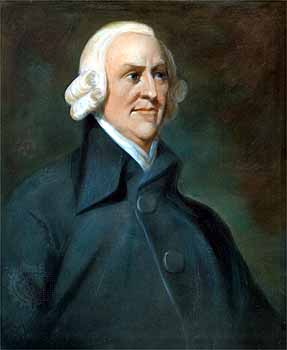
Of all the systems that have engaged the attention of political movements during the twentieth century, it seems the capitalistic economic system has been the most influential.
Market systems have been predominant in most of the world, but the ideal of a market system has become politically dominant only late in the twentieth century.
In a market capitalist system, capital and land are private property. Enterprises may be formed by individuals who can get access to land and equipment, either because they own it or can rent or borrow to get it, and who can hire labor or employ themselves.
Enterprises organize and direct production, and they are operated for the private benefit of the person who organizes the enterprise. Private benefit is interpreted as profit, so we say that the enterprises maximize profits.
In a capitalist economy, production is limited by existing resources, technology and profit. And it makes sense that an economic system based on profit would produce any given product or service.
Enterprises in capitalism as Adam Smith (1723 – 1790) knew it in the eighteenth century were typically individual proprietorships.
There were few corporations, and probably none as we know them in our times.
This early form of capitalism was proprietary capitalism.
One problem for proprietary capitalism is that these individual enterprises seldom got very large.
This meant that many projects that could have been useful and profitable could not be undertaken by capitalist firms, because the projects were too large to afford them.
Modern corporations with a large number of shareholders came into existence to finance and administer large projects …
Therefore, the corporations themselves became more predominant, transforming proprietary capitalism into corporate capitalism.










